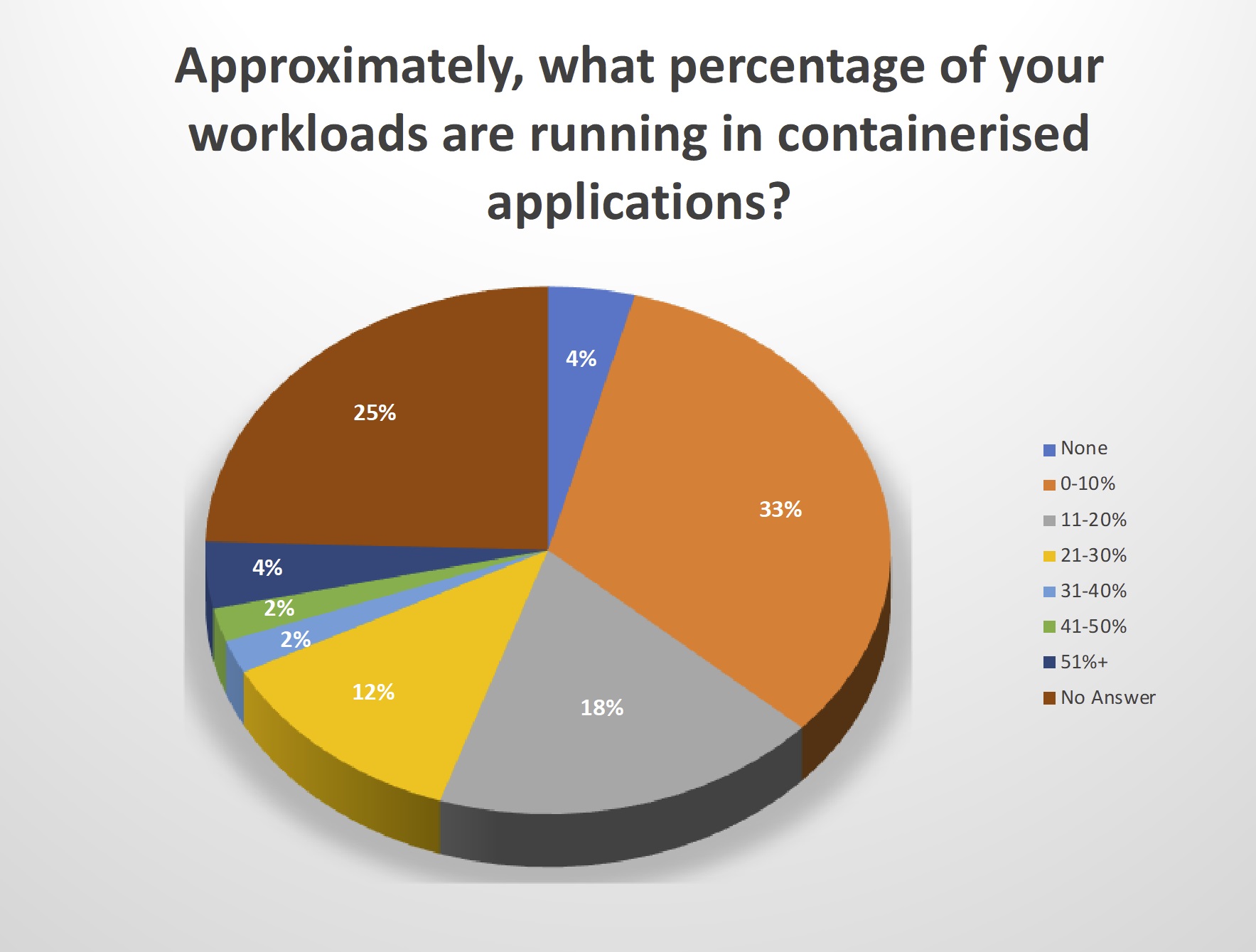A Roadmap to Hybrid Cloud Triumph


Today, most companies are on some form of cloud journey, with many taking a cloud-first approach. From a business standpoint, the reasons for doing so are obvious as the cloud offers agility, efficiency and flexibility. According to a recent survey, 79% of U.K. organizations admit that a hybrid cloud operating model, with its mix of on-premises private cloud and third-party public cloud services, is the right one for their next five-year journey.
For all its benefits, adopting a cloud-first strategy and modernizing a data center also comes with challenges. Most of these are consistent across businesses, with a couple of key issues concerning the budgetary challenges involved in capital to operating expenditure (capex to opex) for IT spending. However, moving to opex is not just a once-every-five-years decision: It’s something that needs to be constantly revisited. Additionally, the IT procurement and governance of costs are not just at the point of purchase: These are concerns every single day as the choices that application developers or application owners make have a real impact on an organization’s spending.
A second key challenge that we come across a lot when talking to customers is around legacy data. This challenge arises whether it’s from: a regulatory perspective, if they’re operating in a highly regulated industry; a data sovereignty perspective, in that they are moving data out of a data center to a cloud service; or a security perspective.
However, the key to successful cloud project is realizing that merely lifting and shifting your legacy data from one place to another is not the answer. It remains a legacy application whether it’s in your own data center or a data center in the cloud. The early cloud adopters realized this the hard way. Without an investment in modernizing their applications and simply moving them as is into public cloud services, they didn’t see any of the benefits of cloud-native characteristics, such as autoscaling, self-protection or multiple redundancy zones.
To reap all those cloud-native benefits, organizations need to identify which applications would be good candidates to invest in for modernizing. I think everyone understands that the application landscape is often the heart of the business, as it drives revenue and improves end user and customer experience. So, selecting an application to invest in, whether it be a simple migration or a complete rewrite, is not a decision to take lightly as it’s an expensive endeavor. Hitachi Vantara can help you make those decisions: We help you select the applications to modernize to get the best out of the cloud program in terms of the fastest return on that investment.

Over the past few weeks, I have hosted three virtual roundtables with more than 49 senior executives, ranging from CIO, CTO and COO to VP, on the topic of hybrid cloud and multi-cloud. The outcome of these meetings indicates that the use of containerized applications is developing in the data center. It is driven by either application modernization or a strong desire to develop cloud-native apps on a hybrid-cloud platform before using public cloud services.
For example, we asked, “Approximately, what percentage of your workloads are running in containerized applications?” In feedback, 18% of the 49 clients said that 11-20% of their workload now runs in a containerized application environment.
Users can host these cloud-native applications in their own data centers and use public cloud for value-added service. The containerization of applications is probably the biggest opportunity that we’re seeing in the IT market since server virtualization. While deploying containers at scale is complex, it is not impossible. It’s a challenge we’re helping our customers with via Kubernetes, the open-source technology for deploying and managing those containers.
Containerization can apply to many use cases today, but it does not need to be used in every single case. Using Kubernetes for distributed applications makes a lot of sense. However, for orchestration of legacy static and mainstream applications, this will be overkill due to the in-built complexity of Kubernetes that would diminish any business advantage. Kubernetes is a platform designed to improve performance and reduce the operational effort of a distributed system’s architecture. You need to be selective when choosing applications for modernization as well as have specialized staff to take advantage of the benefits that Kubernetes offers.
While many organizations, as part of their cloud program, understandably want to modernize their applications and have them cloud native as quickly and efficiently as possible, they need to be realistic about how long this will take. This is not a three-year journey. We’ve seen U.K. headquartered financial service organizations estimating that it will take 35 years to modernize their applications at the rate of current transformation. So, again, it’s about prioritizing those applications that will deliver an outcome and a return on the expensive investment that a cloud modernization or application modernization will require.
Of course, in the push to modernize applications as part of their digital transformation strategy, many organizations must accept that they will still be running traditional applications in the short and medium term. Data is the key in knitting together this mixed cloud-native and traditional application landscape. Having a data strategy and a data landscape that can be accessible to cloud-native applications as well as traditional applications running alongside one another in a hybrid-cloud environment will help drive purpose for the business.
While you are in the process of prioritizing applications for modernizing, it may be a good opportunity for an entire application overhaul. Look afresh at your application portfolio and prioritize those that drive an immediate return on investment through modernizing. Also, select those that would be best left and maintained where they are, and be ruthless about retiring those legacy applications that continue to run but have very few or no end users.
During this process don’t overlook the opportunity that private cloud or modern digital infrastructure on premises with public cloud characteristics would play. Rather than choosing to migrate off premises, you could also refresh the application on premises by refreshing the infrastructure onto a modern platform.
So, our best advice to help you get the most from all of the opportunities that hybrid cloud or hybrid IT represents is to categorize the applications from a business priority, in terms of where the best benefits will be drawn out. Then select on an application-by-application basis what to do with those applications: Retire them, refresh on premises, or refactor or rewrite off premises in a cloud-native environment.
To find out more, visit our hybrid cloud solutions page.
Get a Front-Row Seat to the Future of Social Innovation at HSIF 2021 – Register Here
Tom Christensen is CTO and Customer Advocacy for Northern EMEA at Hitachi Vantara.

Tom has +30 years' experience in data center modernization, from compute and data infrastructure to hybrid and multicloud, applications, DataOps and big data analytics. He writes extensively about technology and advocates for sustainability and social innovation.